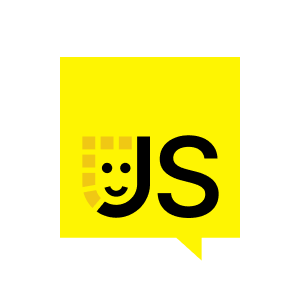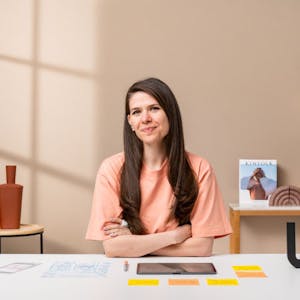They will adapt to changes. And they will be able to stabilize the whole system, their routines. And finally, the delivery phase will come with very well-oiled routines, so that the team will have time to innovate.
What is happening in the designer's mind? Meet the designer. The dragon is the designer. Dragons, I don't know if you knew, but specifically in the How to Train Your Dragon movie, they have very, very distinct point of view. They are curious, just as designers, and they listen a lot, just as designers, and they thought a lot, just as designers. When we listen, we try to process what we hear, and we try to already connect the dots, and we find new ways to solve different problems. Therefore, for that, we need data. We love data. Once we analyze data, we are able to prioritize the problems, and to be able to point out the feasibility perspective, we like to discuss this with engineers. We love to involve engineers, QA engineers, because we have to test out every single solution that we work through.
There is a use case that I wanted to share with you. A few years back, I was new to a company, and there was no such culture of communication between designers and developers. Once I felt I'm ready with my design files, I reached out to the Head of Development and asked him to comment on my design file regarding feasibility. This came with the huge benefit that once we arrived to the phase of handing over the design documentation, the whole front-end team was already aware of what to deliver and how, and they could reach out to me whenever they had a question. Successful design consists of a structured approach. The easier the understanding, the faster the delivery. If you, as a designer, document your work properly, transparently, and clearly, the developers will have less and less questions, because they can find their ways in the Figma file, and they will be confident to deliver everything. The other important part here is how to be effective. If you communicate with each other smoothly, then the project will be a success. If there are a lot of misunderstandings that are not cleared up, the project will be a mess. Simple as that. For example, another example from an actual developer. He was working with a designer, and the designer handed over the Figma file. And the developers, let alone my friend, they didn't ask back anything. And this should have been suspicious to the designer. If a developer doesn't have a question, it means that they not listen. So, designers, be suspicious when you don't have any questions from the developers.
















Comments